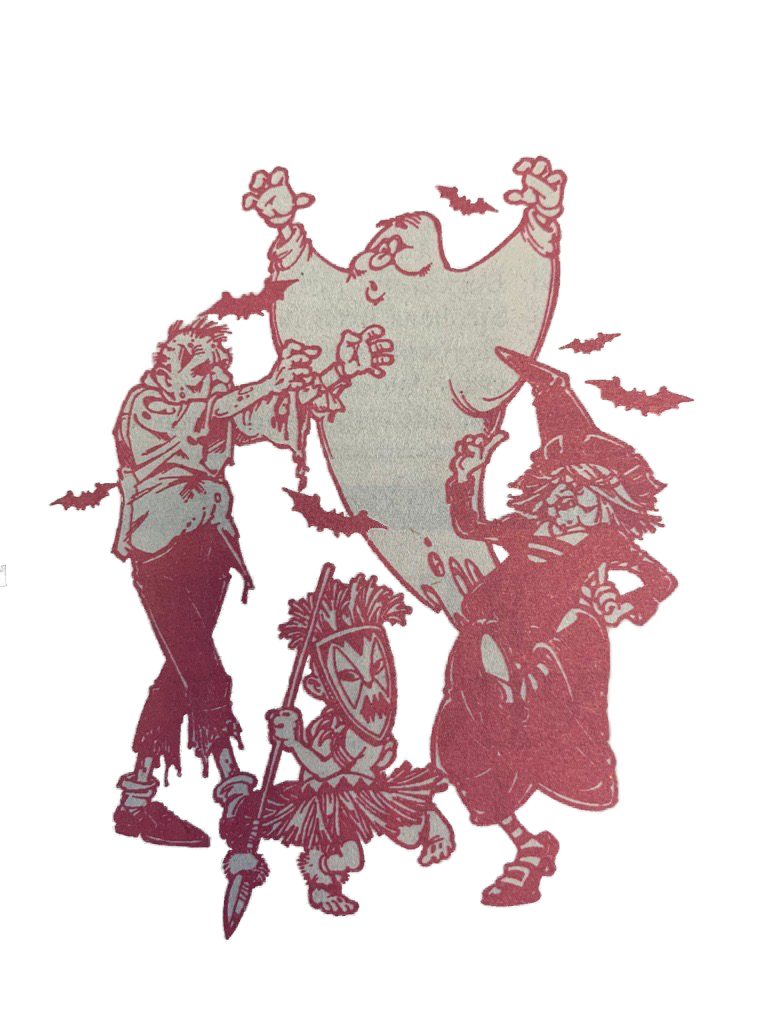The April 2 Supreme Court decision in McCutcheon v. Federal Election Commission removing the last remaining limits on political contributions is troubling for the future of American democracy. By conflating monetary donations with politically efficacious speech, the court paves the way for the wealthy and well connected to control government for years to come. This ruling is symptomatic of a troubling gulf that continues to widen between rich and poor in America, and threatens meritocratic ideals.
Outsized political influence is already wielded by the wealthy. This recent ruling only reinforces that situation by allowing unlimited and unrestricted donations to politicians, campaigns, parties and political action committees. Politicians will become beholden to their donors, not their constituents, and the gap in prosperity will continue to grow.
Even education, the great leveler, is an increasingly difficult path to advancement. With a greater concentration of wealth at the top, the 99 percent increasingly struggle with paying for higher education. Wealthy families don’t have to worry about educating their children. But for the working class, or even the middle class, college becomes an astronomical expense for households on a budget.
Ezra Klein, formerly of the Washington Post and founder of Vox writes, “A family might be doing fine on the income scale but still living hand-to-mouth, with little left over to pay for the child’s SAT prep or college tuition. A family with wealth, on the other hand, can always liquidate some assets to invest in their child’s future, and they can do so without worrying that they won’t be able to pay next month’s mortgage.”
Even more empirical evidence suggests that the best driver of economic growth is more equal income distribution. A 2011 study published by the journal Finance and Development of economic growth of both developed and developing nations using more than 50 years of data found that equal income distribution had the greatest positive correlation to economic growth. Less equal income distribution actually reduced the amount of time an economy spent expanding, compared to countries with more equitable income distribution.
Unequal income distribution is the greatest quantifiable threat to social mobility. Studies by the Urban Institute and the U.S. Treasury have both found that about half of the families who start in either the top or the bottom quintile of the income distribution are still there after a decade, and that only 3 to 6 percent rise from bottom to top or fall from top to bottom.
Our stratified society is becoming more ossified. The Congressional Budget Office reported in 2011 that travel between income brackets is largely flat, with only marginal changes amongst all American households from year-to-year. In plain English, many of these movements up and down are along the margins, like households earning $1 million one year and $950,000 the next.
Most damning, economist Alan Krueger estimates that “the persistence in the advantages and disadvantages of income passed from parents to the children (will) rise by about a quarter for the next generation as a result of the rise in inequality that the U.S. has seen in the last 25 years.”
This means that household income, the single most effective driver and predictor of growth, is stagnating in such a way that the advantaged will only become more advantaged, and the disadvantaged even more so.
Wealth and income are two different things, but since income is not distributed equally, those at the top of the scale have seen both their wealth and income skyrocket over the past few decades. If opportunity is a ladder, then inequality makes the rungs farther apart. Intergenerational and lifetime mobility are at all-time lows, after 30 or more years of gains for the top 1 percent. Empirical evidence shows that the failure of many to rise to the top is not of any personal or moral defect, but the fault of structural and institutional deficiencies. These problems threaten not only personal well-being, but also the system as a whole.
A December 2013 Associated Press survey of three dozen economists found that a majority believes that widening income disparity is harming the U.S. economy. They argue that wealthy Americans are receiving higher pay, but they spend less than middle class consumers, the majority of the population, whose incomes have largely stagnated.
Gar Alperovitz and Richard Reich argue that with so much wealth concentrated at the top, there’s simply not enough purchasing power to make the rest of the system function. If an economy depends on the exchange of goods and services, then it will fall apart if the 99 percent have no income or wealth to pay for goods and services, never mind health, education or other factors that can create opportunity and safeguard well-being.
Klein drives home the point on politics, wealth and income: “A young hedge funder who just got her first big bonus might show up in the top 1 percent of the income distribution. But she’s still paying down college loans and saving up for a house and waiting to see whether these incredible checks keep coming. She doesn’t have the security to be trying to purchase politicians.
“But someone in the top percentile of the wealth distribution?” writes Klein. “They’ve probably been very comfortable for a long time, and they know they have the resources to continue being very comfortable for a long time, and so they can make speculative investments in politicians.”
Thus the Supreme Court’s ruling opens the floodgates to oligarchy. By giving voice to the vociferous, comfort to the comforted and power to the powerful, a government by the few, for the few and of the few is in the future. With avenues for advancement quickly closing, we may be destroyed by our own unequal prosperity. If money equals speech, then we will find that some Americans are more equal than others in our stratified society.







